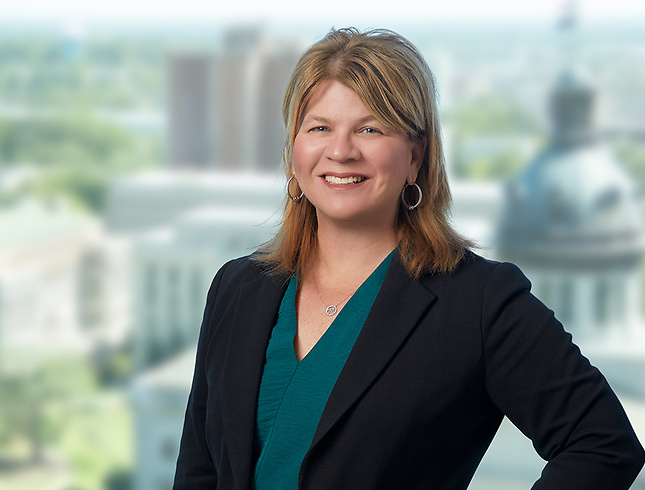While students across the country are heading back to finish the school year, school districts are already preparing to hire teachers for the next academic term. Districts are suffering from a nationwide teaching shortage and are increasingly turning to foreign nationals to fill open positions. A fairly new immigration rule effective January 2017 provides certain school districts with unlimited access to the H-1B visa throughout the year and has drastically reduced some of the challenges of hiring and retaining qualified teachers.
School districts have long utilized the H-1B visa to employ foreign nationals because of the advantages it provides over other immigration strategies, including an easy transition to permanent employment on a green card. Historically, the H-1B was difficult to obtain, however, because only 85,000 H-1B visas (20,000 of which are reserved for positions requiring a U.S. Master's Degree) are available each year. The H-1B visa category is so popular that it normally results in the institution of a random lottery to determine which individuals will receive the visa classification. Last year, USCIS received nearly 200,000 H-1B petitions. The new rule allows qualifying school districts to avoid the H-1B limitation and sponsor as many teachers as needed throughout the academic term. The rule also allows school districts more flexibility when hiring H-1B employees because they are not required to abide by the lottery's annual April 1st filing deadline.
In order to qualify as exempt from the H-1B limit, school districts must have entered into a formal written affiliation agreement with an institution of higher education. Dual Enrollment Agreements between districts and a college or university, under which students may obtain college and high school credit for taking specific courses, typically meet the affiliation agreement requirement.
School districts and foreign national teachers both enjoy distinct advantages through the H-1B program. For example, utilization of the H-1B program allows districts to directly control the hiring process without coordinating with a visa sponsor organization, as required by the J-visa. H-1B visa holders also avoid a two (2) year home residency requirement that is often incorporated into the J-visa program. School districts can also transition H-1B teachers relatively easily to a green card, which provides a long-term immigration strategy.
The H-1B program provides a number of different advantages for school districts and teachers. With possible H-1B program changes on the horizon, qualifying school districts should strongly consider the H-1B program in filling their staffing needs.
- Partner
Melissa Azallion Kenny is the Chair of the firm’s Immigration practice group. She has more than 20 years of experience advising clients on business immigration and labor and employment law issues. Ms. Kenny represents clients in ...
- Partner
Jon Eggert has experience assisting and advising clients on business immigration and labor and employment issues in a wide range of industries, including higher education, healthcare, hospitality, and manufacturing.
His ...


